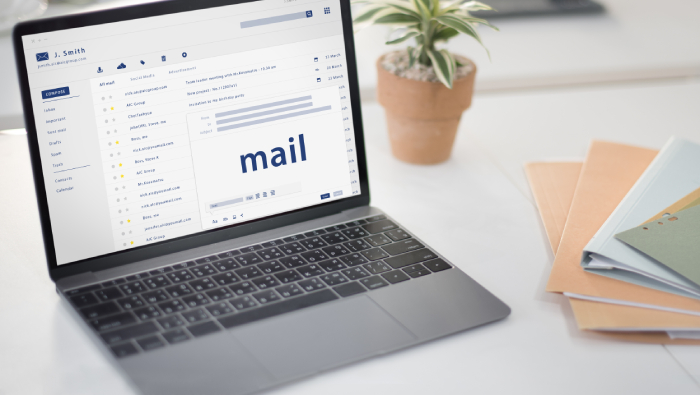While online messaging platforms and social media have taken massive strides in popularity as opposed to email communication, it currently stands that email is still one of the most reliable means of professional correspondence. Not only is email available on most computers and mobile devices, but it also leaves an electronic paper trail that makes it easy for any professional to backtrack days, weeks, or even months after a conversation took place. As a field that deals with a lot of legal contracts and NDAs, having this record as a market researcher is essential to avoiding massive lawsuits or breaches of agreements.
That being said, email correspondence is not the minefield people sometimes make it out to be. Here’s how you can use email to effectively communicate with your respondents and build their trust in your professional capabilities.
Always Keep the Purpose of your Email in Mind
Your respondents can receive a lot of emails in one day. Some of them, they’ll open. Most of them, they’ll ignore. That is because in the current landscape of email communication people often find email bots and unwanted spam in their inbox. At this point, it’s easier to just ignore unverified emails than take the time to sort out one’s inbox and check every email that arrives. You do not want your respondents associating your name and email address negatively so before you hit send, always ask yourself why you’re sending this email out.
If you can’t come up with a good reason, maybe you should rethink sending out the email.
If you do have a good reason, that’s when you can begin ironing out your content so that it matches the purpose of your email. A good tip to keep in mind is that people are often more amenable to back-and-forth email exchanges once they are able to verify that they are speaking to an actual human and not a robot. If this is your first attempt to reach out to an individual who has shown interest in participating in your research study, you should aim to get their consent for a phone call. That way you can introduce yourself properly and set expectations before you begin more frequent communication.
Standardize Your Email Format
Once you’ve set expectations and your respondent knows to look out for your emails, the next step would be to standardize your email format so that your respondent can easily spot your emails in their inbox. One way to do this is by optimizing your subject lines.
There are many best practices for optimizing subject lines, but here are two from MailChimp that are applicable to professional correspondence emails:
I. Be Direct and Descriptive
You’re not trying to sell anything to your respondents when sending out your email. You’re simply trying to communicate with them so that they can participate in your study. In this case, avoid the embellishments and stick to straightforward language. Your respondents should know immediately what the email is about once they read the subject line.
II. Use No More than 60 Characters
A subject line that is too long ends up cut off when displayed on different email providers. Your respondents are also less likely to read lengthy subject lines. Stick to 60 characters or less to ensure your subject lines load properly and are easy for your recipients to skim in their inbox.
Other Ways to Standardize Your Email Format
Aside from the subject line, you can also standardize your email greetings and sign-offs. Not knowing how to start or end an email can often delay your send-outs so having a quick and easy greeting and sign-off to fall back on can nip the anxiety of writing an email from scratch in the bud. Here are a few reliable greetings and sign-offs that are used by professionals just like you.
Email Greetings:
• Good day,
• Greetings
• Dear Ms./Mrs./Mr. <Last Name>
Email Sign-Offs:
• Best,
• Best regards,
• Regards,
• Kind regards,
• Sincerely,
If you’d like to take your sign-offs a step further, you can even include a professional email signature at the end of your email. Similar to having a business card, a professional email signature can make your emails look more professional and legitimate.
Here are a few characteristics of a good email signature:
• Your headshot or professional image
• Your full name
• Your title
• Your company logo
• Your company name
• Your company website
• Your professional phone number
• One standardized and clean font [Arial, Helvetica, Calibri, Courier, Times New Roman]
A Few Final Rules to Good Email Correspondence
It can be tempting to fall into the trap of including as much information as possible in your emails from the get-go but this can overwhelm your recipient and make it difficult for them to understand your emails properly. Instead, aim to include enough information to keep your respondents informed without going overboard. Your email content should always be skimmable and not just in the sense that it’s easy to read quickly, but also that it’s easy to understand quickly.
You can always send out another email or start up conversations in other communication channels, but miscommunication in market research is something you always want to avoid.
Find the Right People for Your Research with Civicom Market Research Services
Let Civicom help you in your recruiting process. Get qualified people to participate in your study. We have the knowledge, expertise, and global reach that can help your market research.



